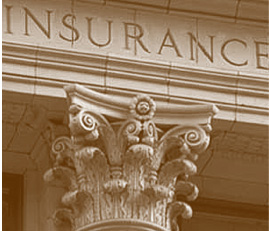A new Best’s Special Report, titled, “Property/Casualty Companies Replace Higher Cost Debt With Lower Cost Alternatives,” states that P/C (re)insurers with outstanding public debt have recently focused on longer durations with manageable coupon rates. In some cases, the low cost of issuing debt has allowed companies to pre-fund their maturing debt more than a year in advance.
Despite the availability of relatively inexpensive capital, aggregate financial leverage for long-term and short-term debt issuances has plateaued. According to the report, the aggregate unadjusted debt-to-capital ratio of a composite of 44 publicly traded P/C (re)insurers has remained within a narrow range of 22-25% since the beginning of 2013. In contrast, unadjusted financial leverage spiked to a high of almost 50% during the height of the 2008-2009 financial crisis. The total amount of debt outstanding has dropped by approximately 19%, or $42 billion, since year-end 2009, totaling $178.7 billion in 2018. A large majority of the companies in the composite have maintained unadjusted financial leverage below 25%, with just a few reporting ratios over 30%.
Debt issuances increased in 2018 due to expectations that the U.S. Federal Reserve (Fed) would raise interest rates meaningfully in 2019; however, as this did not materialize, refinancing has occurred at a healthy clip during 2019. Many P/C insurers continue to lock in lower cost debt given future interest rate uncertainty. For P/C insurers with outstanding public debt, most have maintained a manageable weighted average fixed coupon rate between 4% and 6%. Ultimately, interest rates have stabilized near historically low levels, and given recent Fed actions in 2019, it appears that interest rates will remain low for the foreseeable future.
Risks cloud the outlook for the U.S. economy, as uncertainty about protectionist trade policies and weak global growth will weigh on the economy. Despite the uncertainty, AM Best believes that P/C (re)insurers will be able to fund debt payment obligations from internally generated bottom line profits. Although stock market indexes are near record highs, the P/C insurance industry in aggregate has maintained moderate common stock leverage and handled the late-2018 market correction well. P/C (re)insurers have extended their debt maturity profiles in recent years and are employing manageable levels of financial leverage. The resulting financial flexibility should help to insulate the industry from any potential deterioration in balance sheet strength and refinancing risk should the U.S. economy weaken or if interest rates spike unexpectedly.
To access the full copy of this special report, please visit http://www3.ambest.com/bestweek/purchase.asp?record_code=291796.













